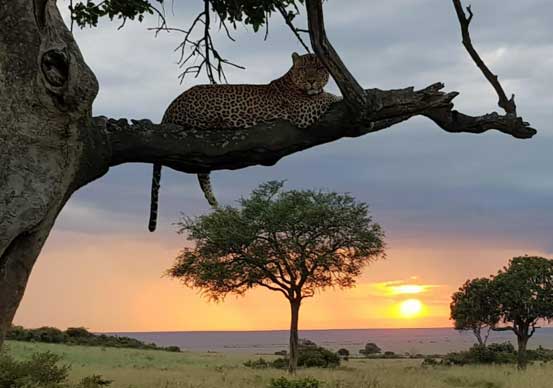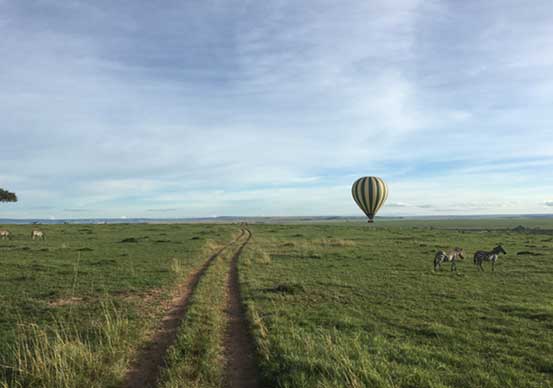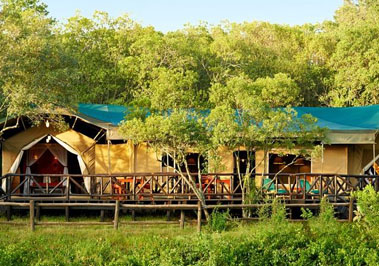Masai Mara National Reserve is one of the most popular tourist destinations in Kenya. The reserve is located in the Great Rift Valley in primarily open grasslands with wildlife greatly concentrated on the reserve’s western escarpment.
The park is regarded as the jewel of Kenya’s wildlife viewing areas. The annual wildebeest’s migration alone, also called The Great Migration, involves over 1.5 million animals arriving in July and departing in November. There are over 95 species of mammals, amphibians and reptiles and over 400 birds species recorded on the reserve.
Nowhere in Africa is wildlife more abundant. In this regard, visitors are almost assured to see the Big Five (buffalo, elephant, leopard, lion, and rhino) in the Mara.
At an altitude of 5,300 feet (1,600 metres), the rainy season in the Mara runs from November through May, with peak rainfall in December-January and April-May. The dry season runs from June-November. Maximum temperatures measure up to 30°C while minimum temperatures reach 20°C.
The best time to visit the Masai Mara is between July and October, during peak season when The Great Migration happens. Early November and February can also offer excellent game viewing.
Activities available in the Mara include game viewing, camping, night game drives, visits to Masai cultural villages, balloon safaris, picnic lunches and breakfasts and scene photography.











